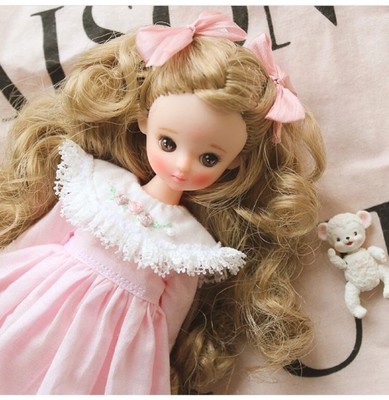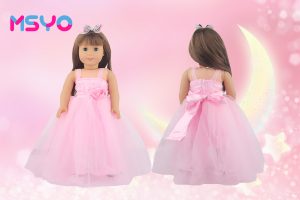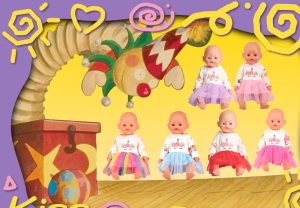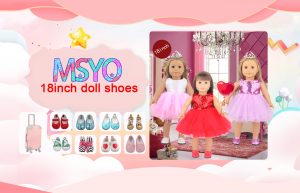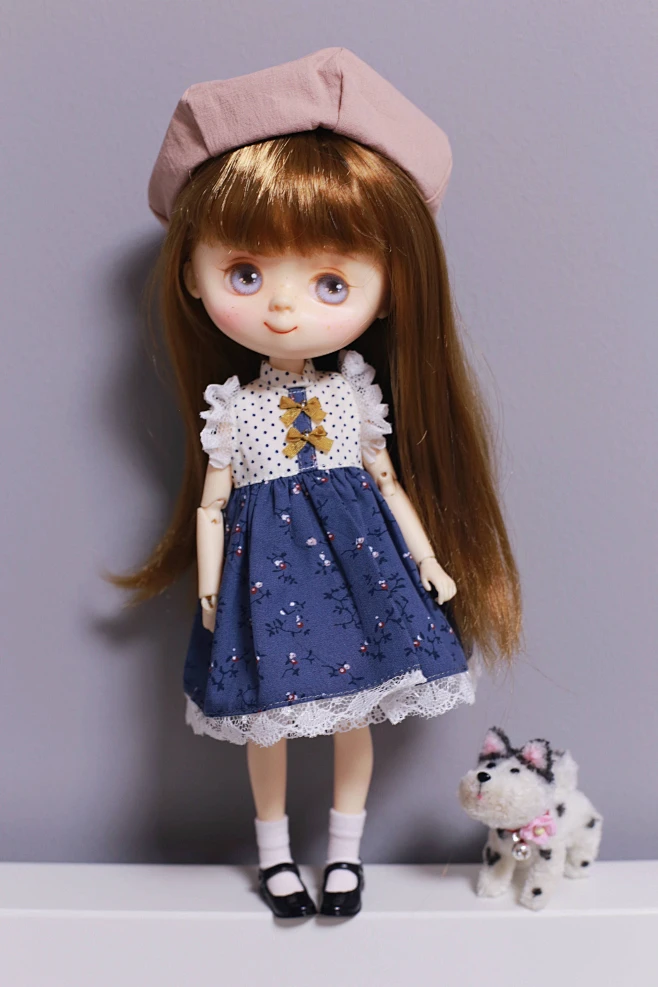The Role of Dolls in Children’s Education
Dolls have been a beloved plaything for children throughout history and play a significant role in their education and development.
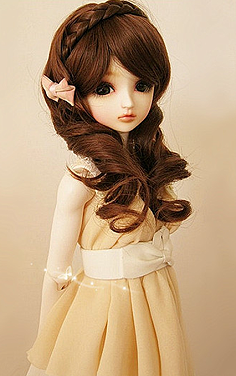
In terms of cognitive development, dolls can introduce children to various concepts. For example, dressing and undressing dolls helps kids understand clothing and body parts. Different types of dolls, such as baby dolls or dolls representing different professions, can expand children’s knowledge about the world and different roles in society. Dolls also encourage imaginative play. Children create scenarios and stories around their dolls, which stimulates their creativity and language skills as they narrate these tales.
When it comes to emotional development, dolls act as a comfort object. Children can express their feelings, such as happiness, sadness, or fear, to dolls. This provides a safe outlet for emotional release. Caring for a doll, like feeding, putting it to bed, and soothing it, nurtures empathy and a sense of responsibility in children. They learn to understand and meet the needs of another being, albeit a toy one, which is an important aspect of emotional intelligence.
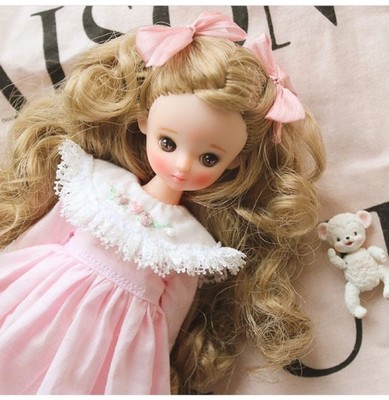
In the area of social skills, dolls can be used in pretend play with other children. They can take on roles like mommy, daddy, doctor, or teacher, and interact with each other through their dolls. This helps children learn cooperation, sharing, and communication. For instance, they might negotiate who gets to take care of the doll first or what game to play with the dolls. Dolls also provide a common interest, making it easier for children to initiate and sustain friendships.
In conclusion, dolls are far more than just toys. They are valuable tools in a child’s educational journey, facilitating cognitive growth, emotional well-being, and social skills enhancement. Parents and educators should recognize the potential of dolls and encourage their use in children’s play and learning activities.

